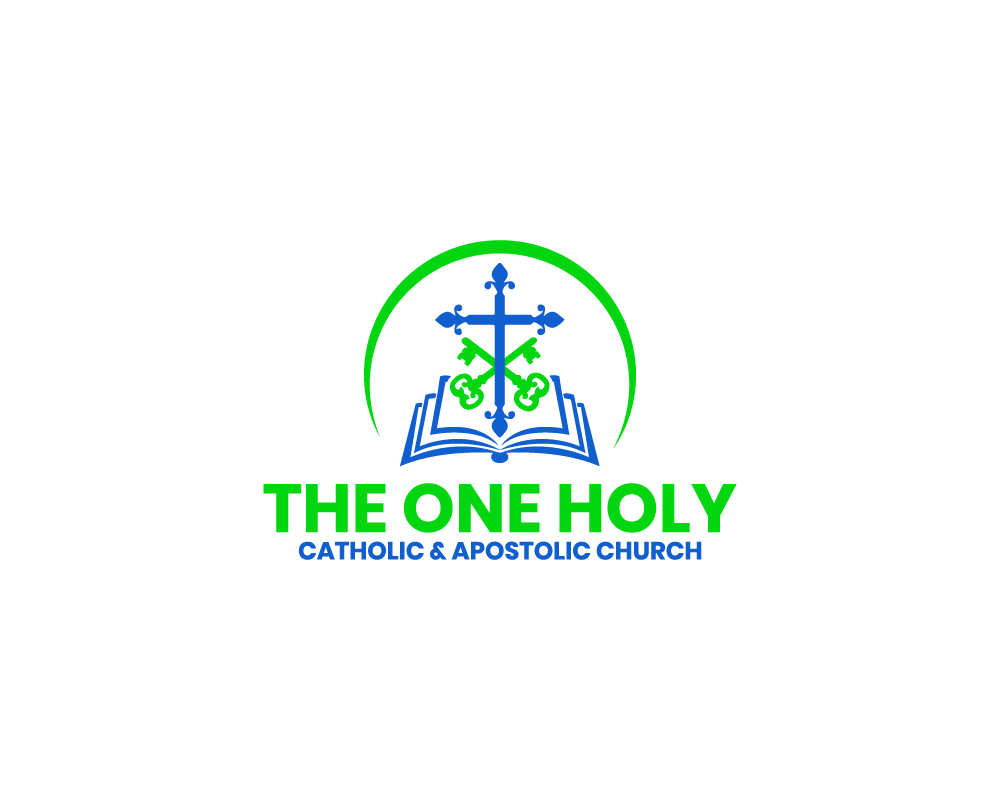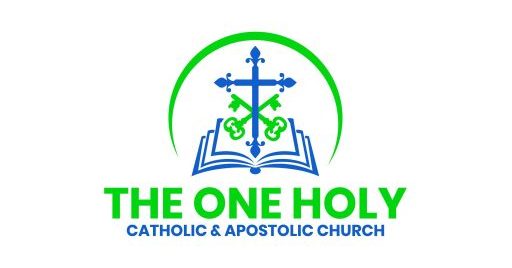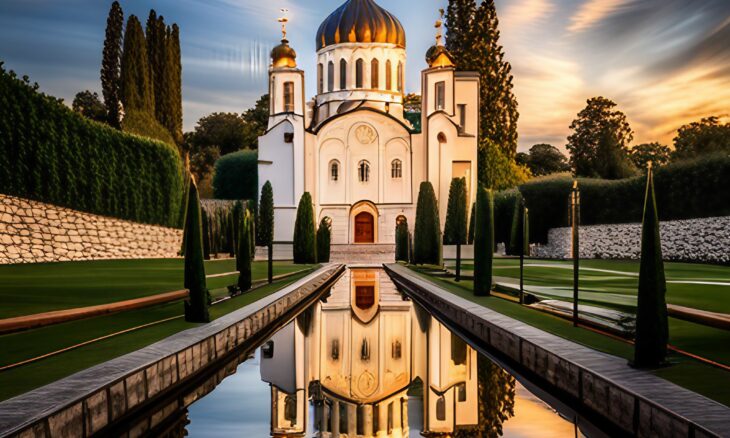Rediscovering the Relics
Pope John Paul II played a pivotal role in returning the relics of two revered Ecumenical Patriarchs, Gregory the Theologian and Saint John Chrysostom, to Constantinople. These archbishops, who served in the 4th and 5th centuries, left an indelible mark on the development of art and liturgy in the early Church.
Saint Gregory: A Poet of Art
Saint Gregory’s leadership during the Second Ecumenical Council of 381 solidified his influence. Known for his poetic and colorful writings, he saw art as a reflection of divine creation, describing it as “a second creation.” His work emphasized the interconnectedness of human art and the supreme artistry of God.
Saint John Chrysostom: Preacher Extraordinaire
Renowned as one of the greatest Christian preachers, Saint John Chrysostom emphasized the practical application of theological principles. His sermons highlighted the heavenly kingdom and its reflection in human art and culture. His teachings underscored the spiritual dimension of artistic expression.
Inheritors of Artistic Legacy
Orthodox Christians, since the early centuries of the Church, have inherited not only the fundamental tenets of the faith but also an appreciation for artistic and cultural values. This legacy is exemplified in the magnificent architecture of the Church of the Holy Wisdom (St. Sophia) in Constantinople, where theology is expressed through breathtaking domes, mosaics, frescoes, pillars, and light.
A Divine Symphony of Beauty
Every stroke of an iconographer’s brush, each word articulated in theology, and every stone carved in a place of worship seeks to recreate the divine beauty that inspires all creation to praise the Lord. The art and culture embraced by Orthodox Christianity aim to capture the ineffable mystery and transcendence of God’s presence.



